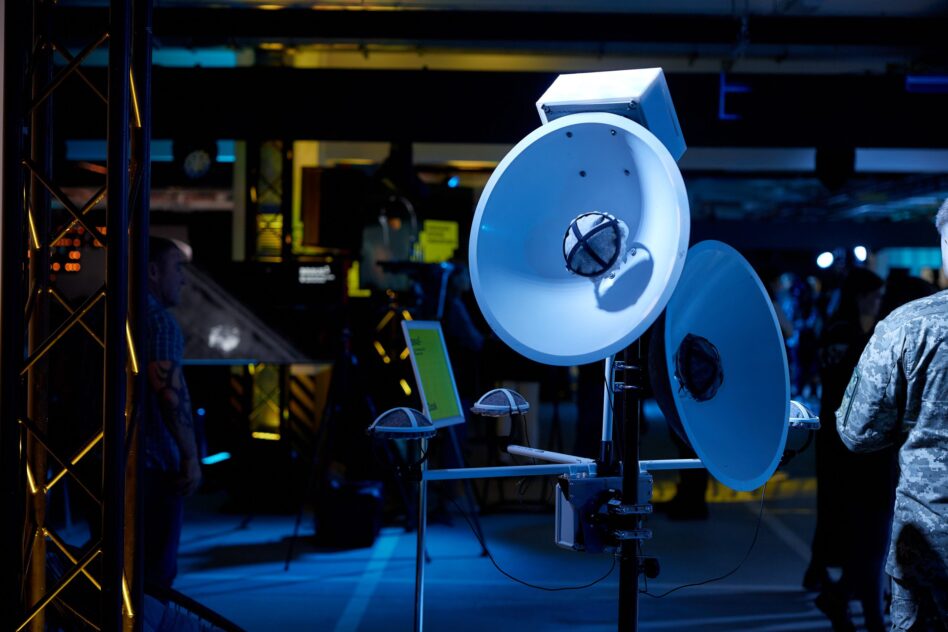Between Iron Dome and Golden Dome headlines, debates over the E-7 Wedgetail AEW&C and space-based ISR, and calls to send more Patriots to Ukraine, air and missile defense (AMD) is the talk of the town.
But despite all this talk, US AMD is still pretty crap for a few key reasons: We still rely on a small number of expensive, radar-based sensors; those sensors emit signatures that make them easy targets; and the threat of massed air attacks is all too real.
Plus, the proliferation of precision strike weapons, especially hypersonics, drones, and advanced cruise missiles, has made traditional air defense—like those precious Patriots and THAADs—vulnerable to attack and inadequate to the scale of the threat.
Patriot problems: But the good news is, the experts have a few ideas. Today, the CSIS Missile Defense Project (MDP) released a report that basically argues that, in terms of AMD, the more is really the merrier.
“Survival not only depends on dispersing or concealing, but on proliferating: presenting so many targets that an adversary cannot defeat them all,” they write. “What is needed is a thicket of sensors—both high- and low-end—to survive this environment.”
Can’t mesh up: But what does the low end of that high-low mix look like? According to the report, it’s a distributed web of passive electro-optical/infrared (EO/IR), acoustic, and passive radiofrequency sensors that, when networked and AI-enhanced, would dramatically improve the survivability, resilience, and performance of AMD systems.
Historically, passive sensors have lacked the capabilities of the exquisite radar-based systems, but when “combined in a mesh, with modern machine learning systems to make sense of them, passive sensors hold considerable promise, not only for tracking targets, but also for building a more capable and resilient defense,” the report’s authors argue.
Big brain Ukraine: Like elsewhere in the defense tech world (i.e., those little flying things), Ukraine is leading the charge on this front with two back-to-the-future technologies. Ukraine’s Zvook (“sound”) and Sky Fortress systems use low-cost microphones, spread across the country, to capture sound signatures and AI to identify, triangulate, and target aerial threats.
- Zvook: Can detect drones and cruise missiles up to seven kilometers and, having been continuously trained on their sounds, reportedly detect threats at a 98.4% rate.
- Sky Fortress: A network of over 9,500 acoustic sensors that cover 80% of Ukraine’s territory and only cost $3M to hit the first 65%.
These systems have been critical to foiling Russian attacks, conserving Ukraine’s precious Patriot batteries (particularly helpful with a certain Mr. Colby in the Pentagon), and concealing AMD systems, since they don’t emit detectable radio frequencies. In one recent drone attack, the Zvook and Sky Fortress cued air defense systems and helped intercept 80 out of 84 drones.
Ukraine’s success with these low-cost, proliferated passive sensing networks was a big source of inspiration for Masao Dahlgren, a Missile Defense Project fellow at CSIS and the report’s lead author.
“They have taken sensor-like smartphone microphones and spread them across the battlefield in great numbers,” he told Tectonic. “You can triangulate that and get a rough indication of what’s flying and where it’s flying, so you can actually plan air defense operations and keep your radars switched off for a longer period of time.”
Testing, testing: To test how effective a meshed network of passive, surface-based EO/IR sensors could be, the CSIS team simulated an attack involving 20 intermediate-range ballistic missiles and four hypersonic glide vehicles on a NATO facility in Poland.
In the case study, the baseline featured Aegis Ashore and Patriot radars alone, while the meshed system added 14 ground-based EO/IR sensors. Here’s what they found:
- To detect hypersonic and ballistic missiles with an altitude over 20 kilometers, “a single sensor with horizon-limited viewing angles could provide complete coverage.”
- For a target at 2 kilometers (tactical aircraft), nine sensors were needed.
- For low-flying targets at 200 meters (like UAS), nearly 400 sensors were required.
- Most importantly, the mesh-equipped defense intercepted 26% more targets, including 5 additional IRBMs, while cutting the detection time by nearly four minutes.
These results, the report concludes, “validate a new vision for air and missile defense: bringing proliferated sensing down from the heavens and into the hands of warfighters on earth.” That’s all well and good, but how realistic is it to implement this?
Calling the base: “A lot of the technical enablers for a mesh are mature,” Dahlgren told Tectonic. “I think it’s possible to deploy small radars at scale. It’s a question of whether our industrial base is ready to produce small sensors at scale in a way that doesn’t break the bank. It is a question of whether the joint force will have requirements for systems like these moving forward.”
Defense startups could also play a big role in making this happen. Dahlgren noted that startups have responded quickly in markets that the DoD has “typically sought non-traditionals in, like cUAS.” But, he said, “The question I have is whether defense tech will evolve to target these more ambitious missile defense missions, aside from space-based interceptors.”
“It will be increasingly important to have a high-low mix for ground-based air defense, particularly in sensing,” he added. “I’m excited about how defense tech is looking into space-based missile defense, but there are a whole host of unsolved missile defense sensing and domain-awareness problems that are just begging for solutions on Earth.”

